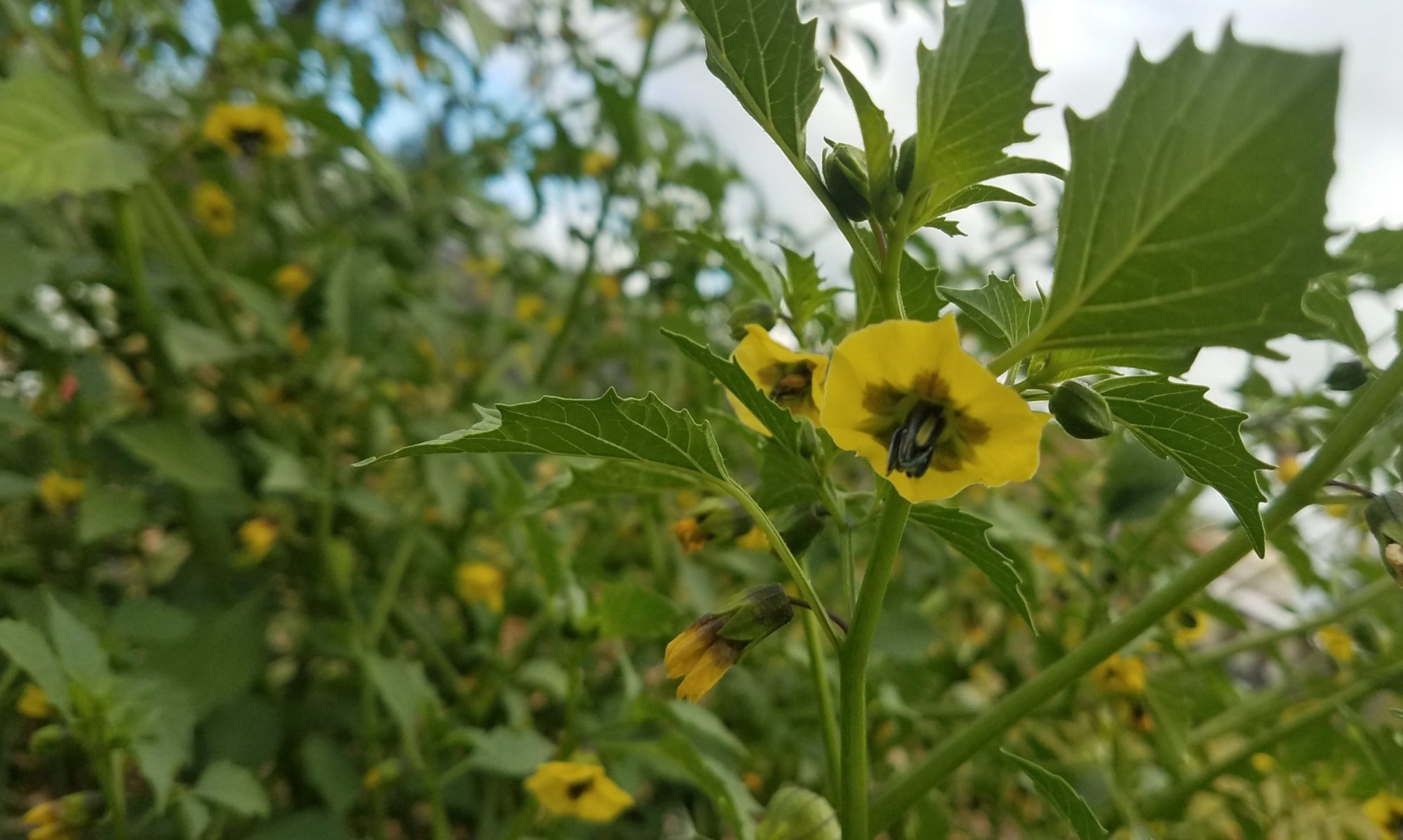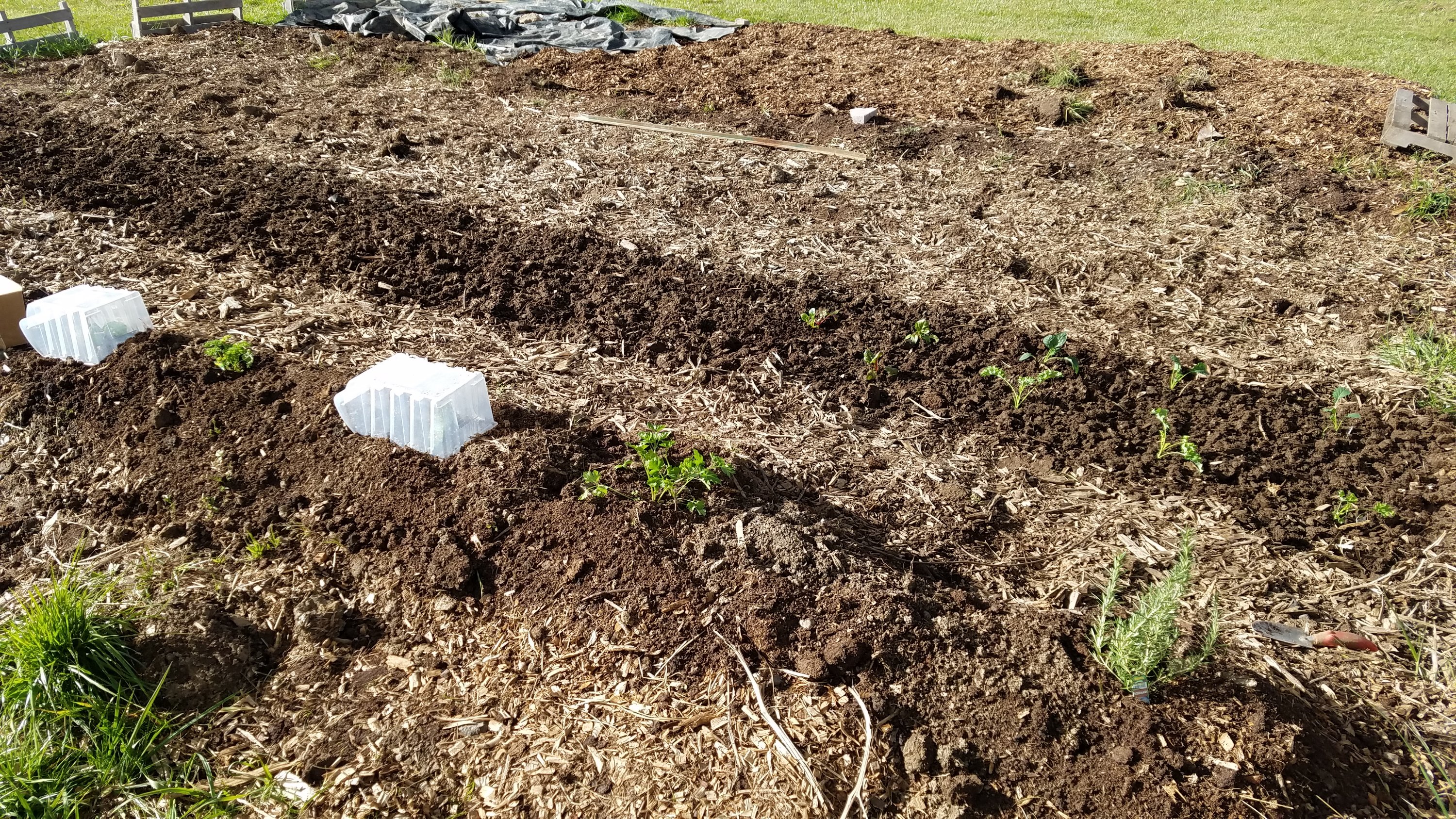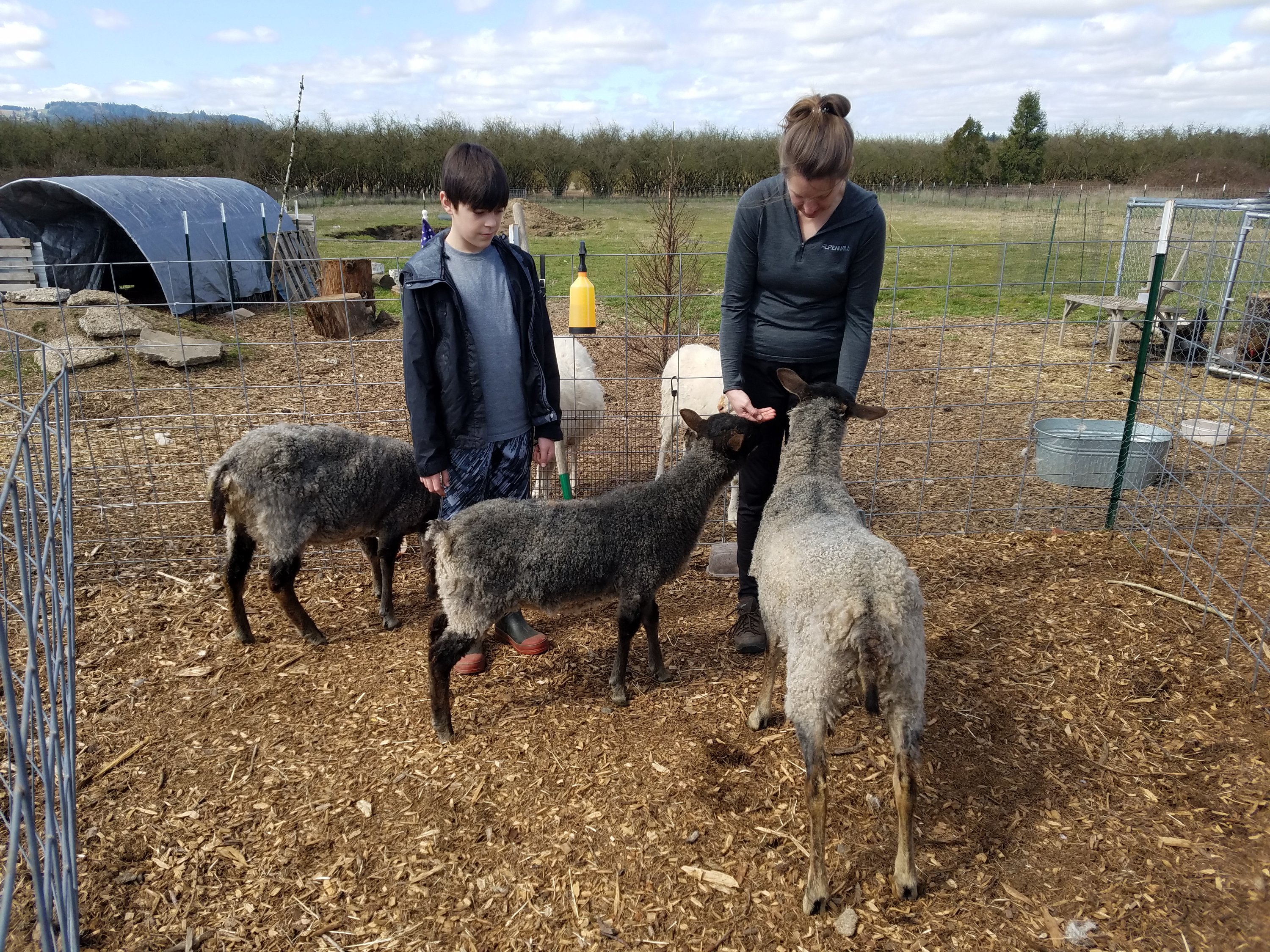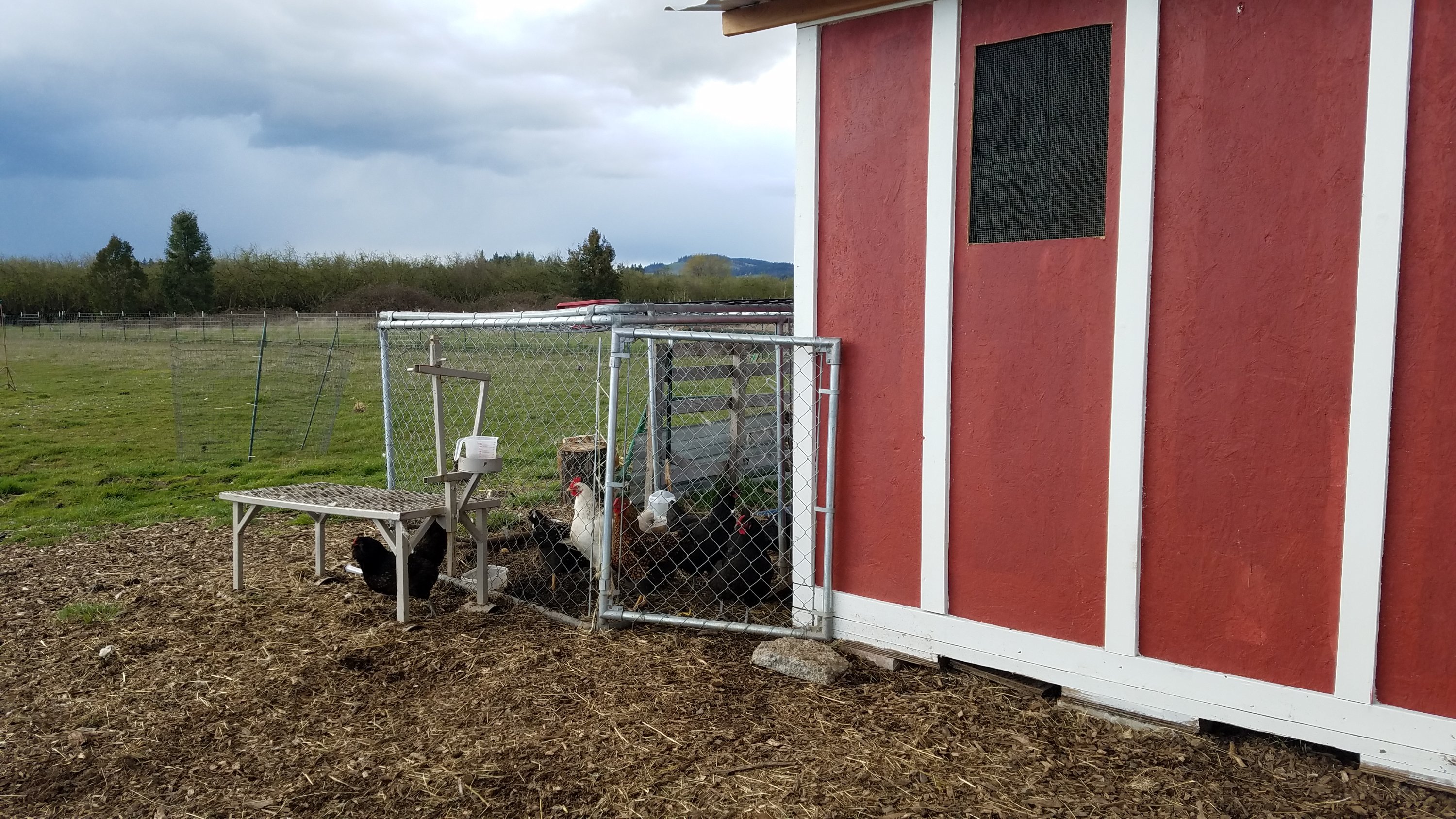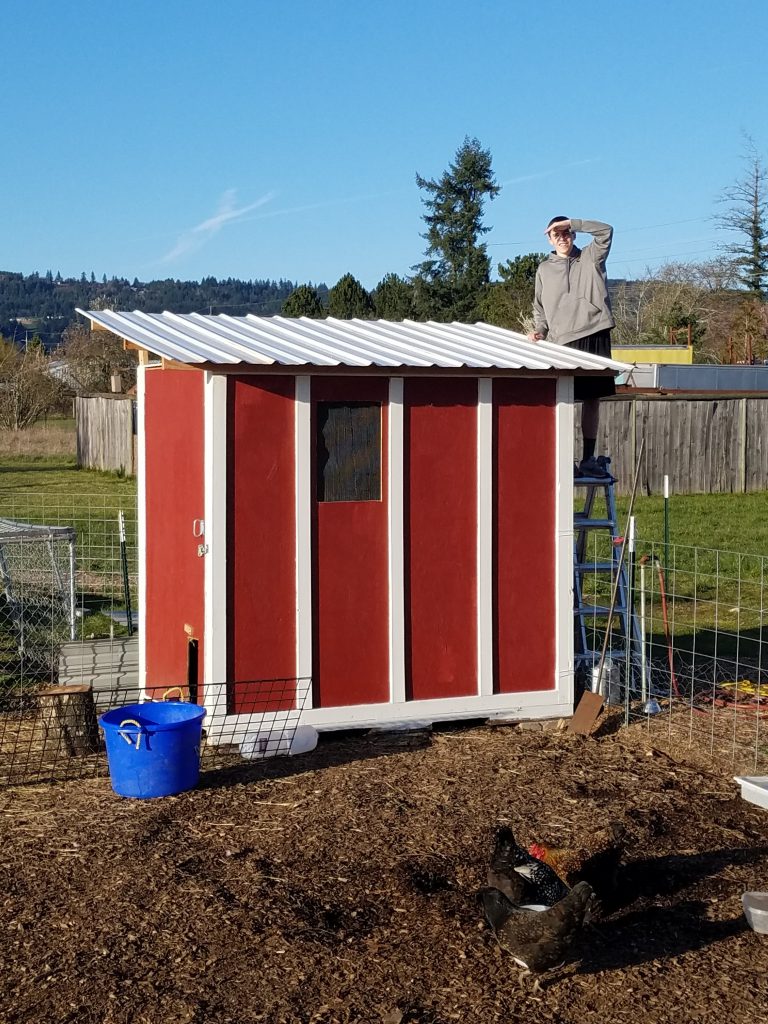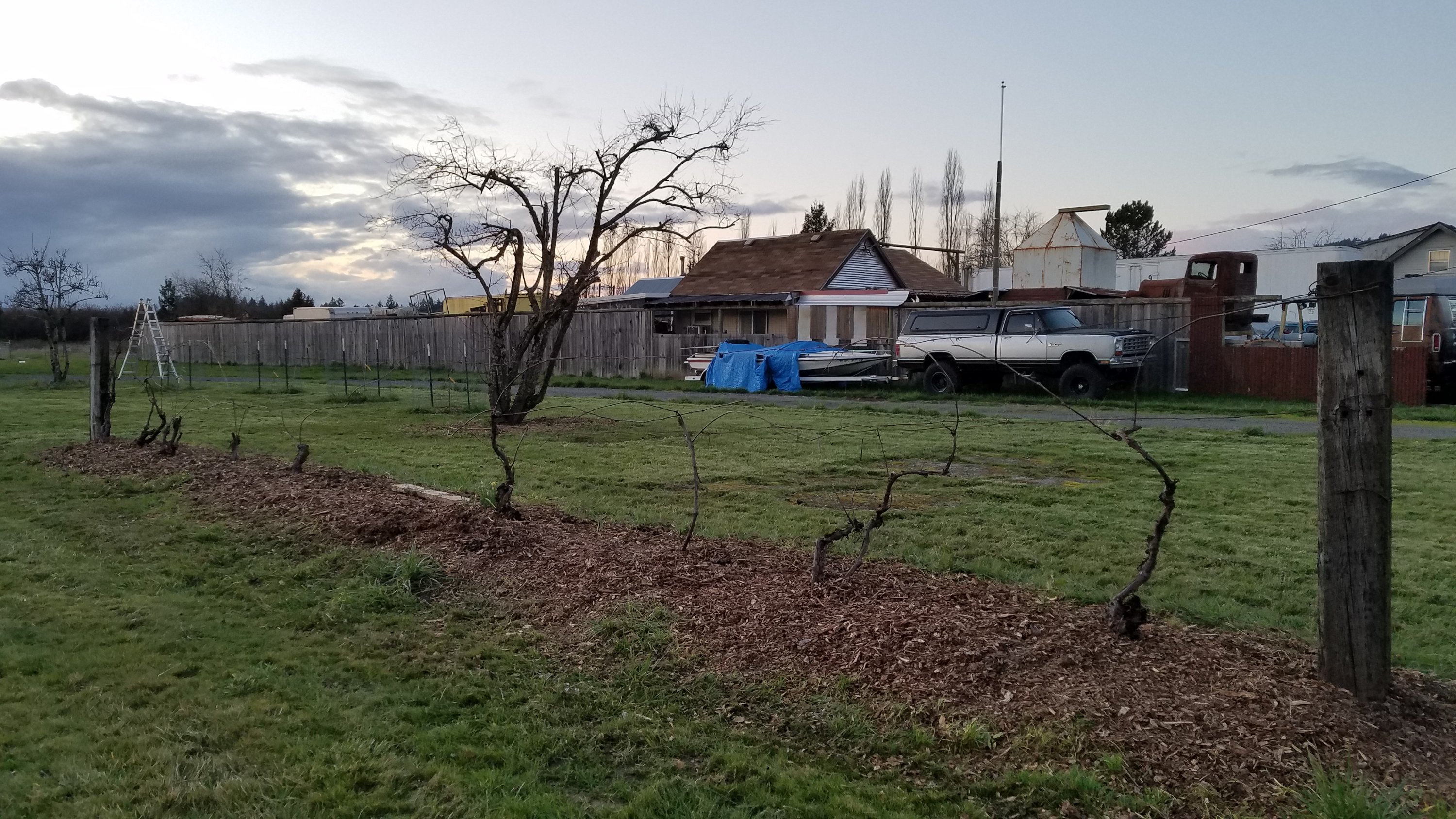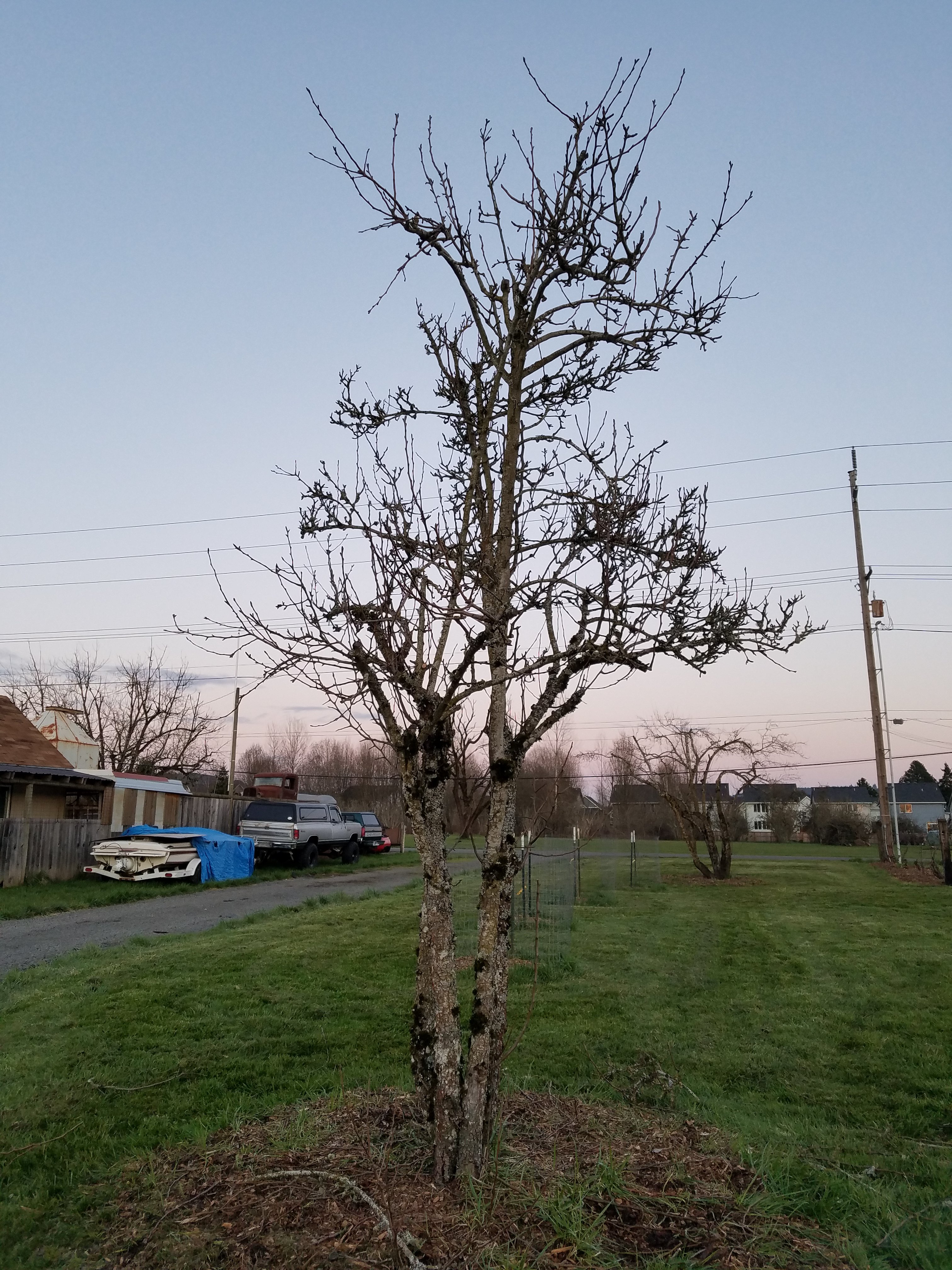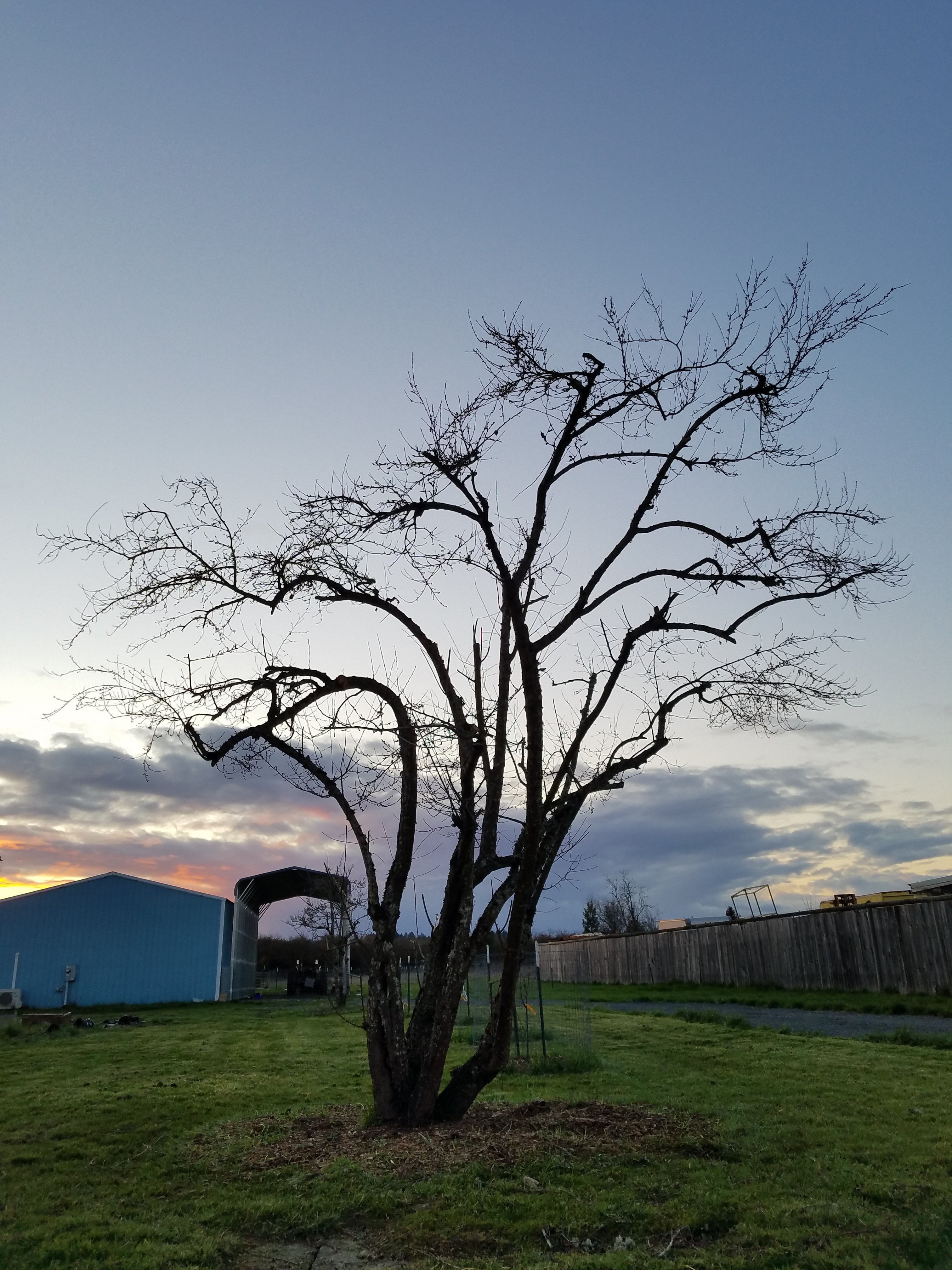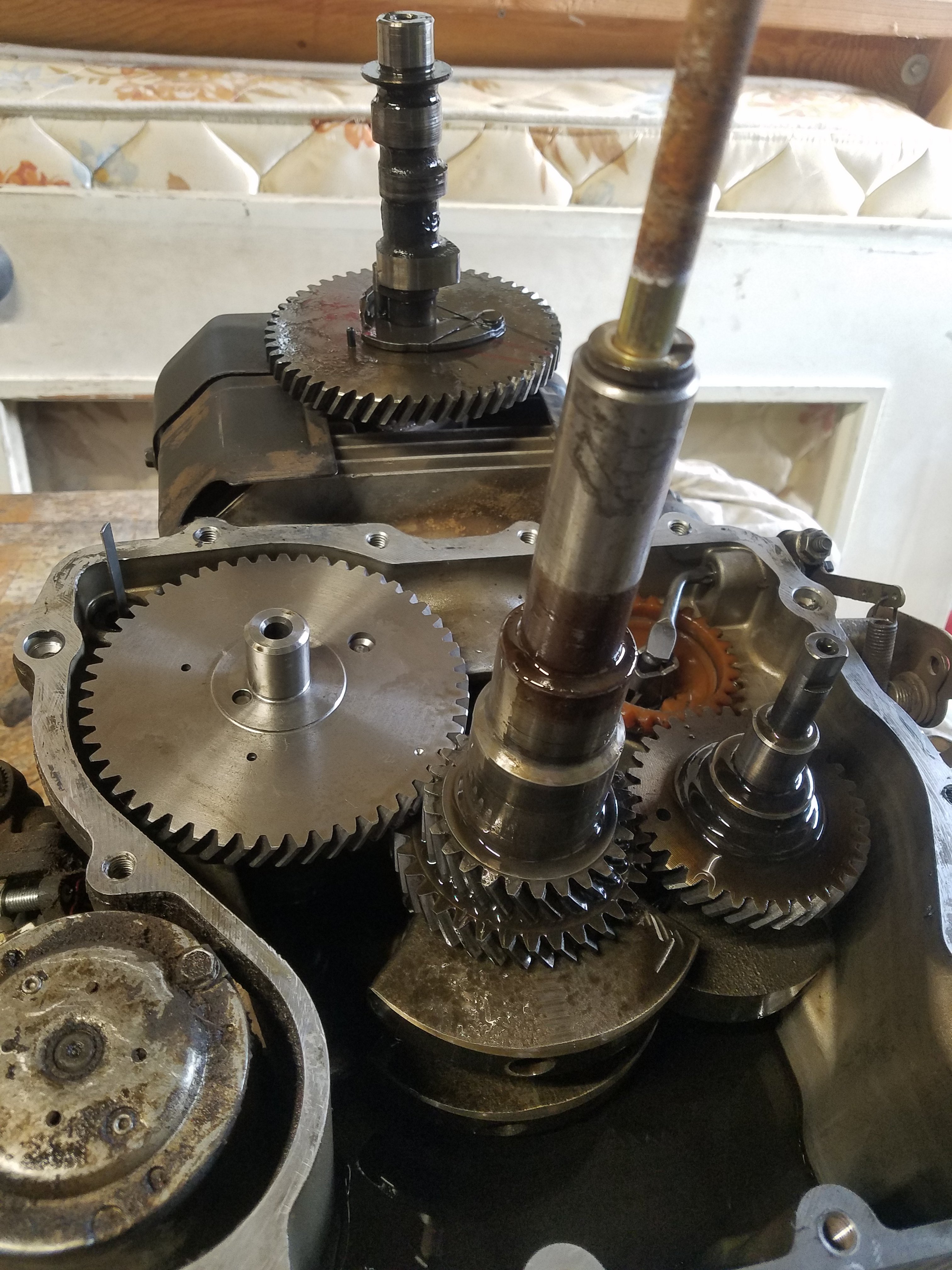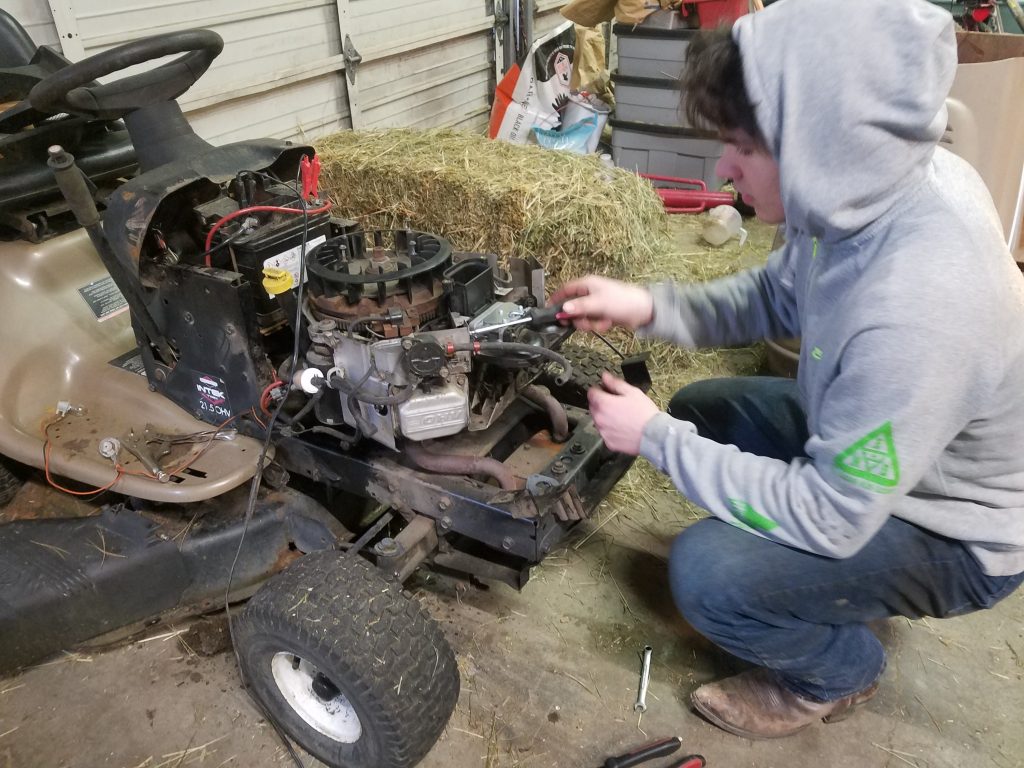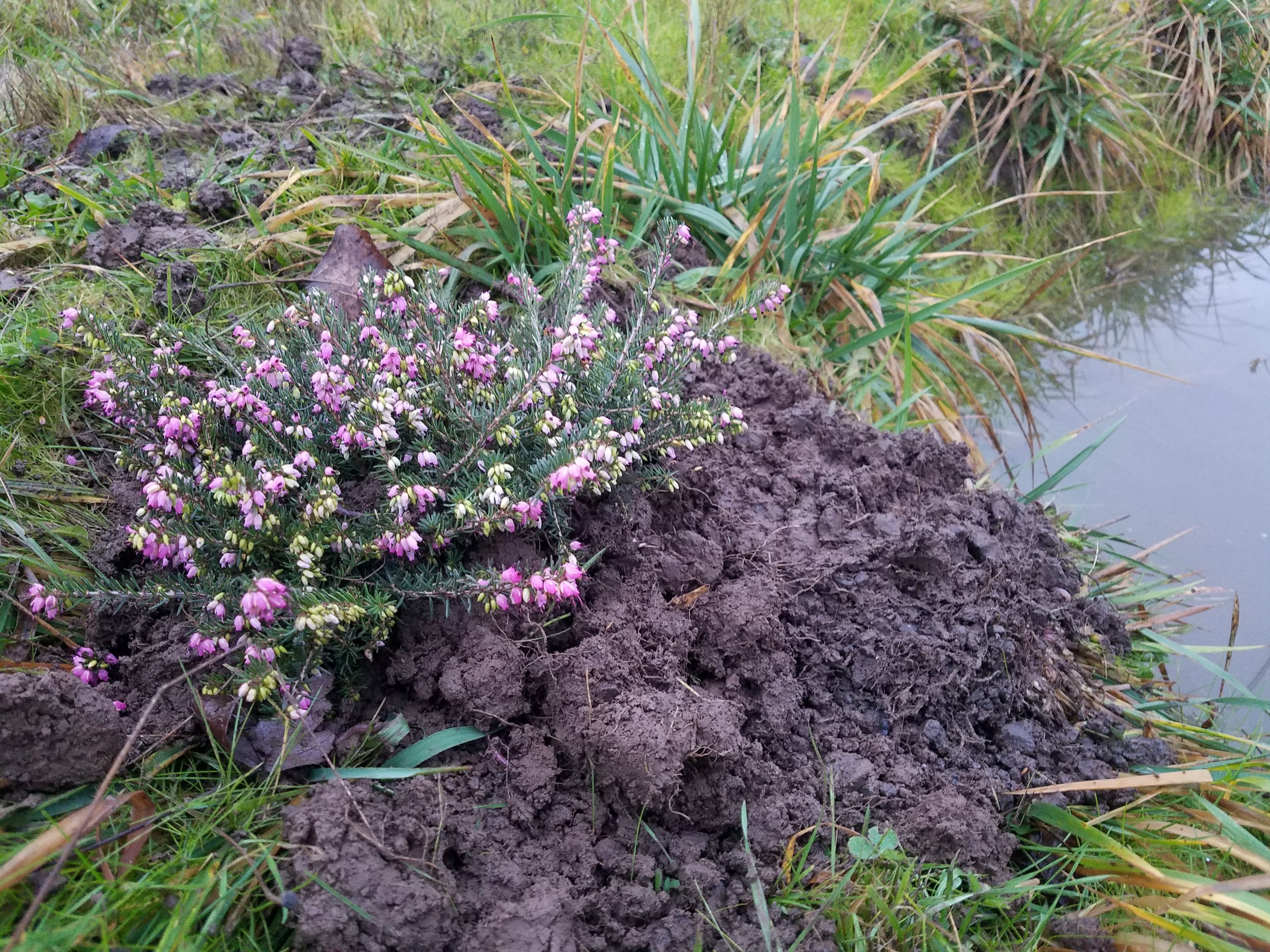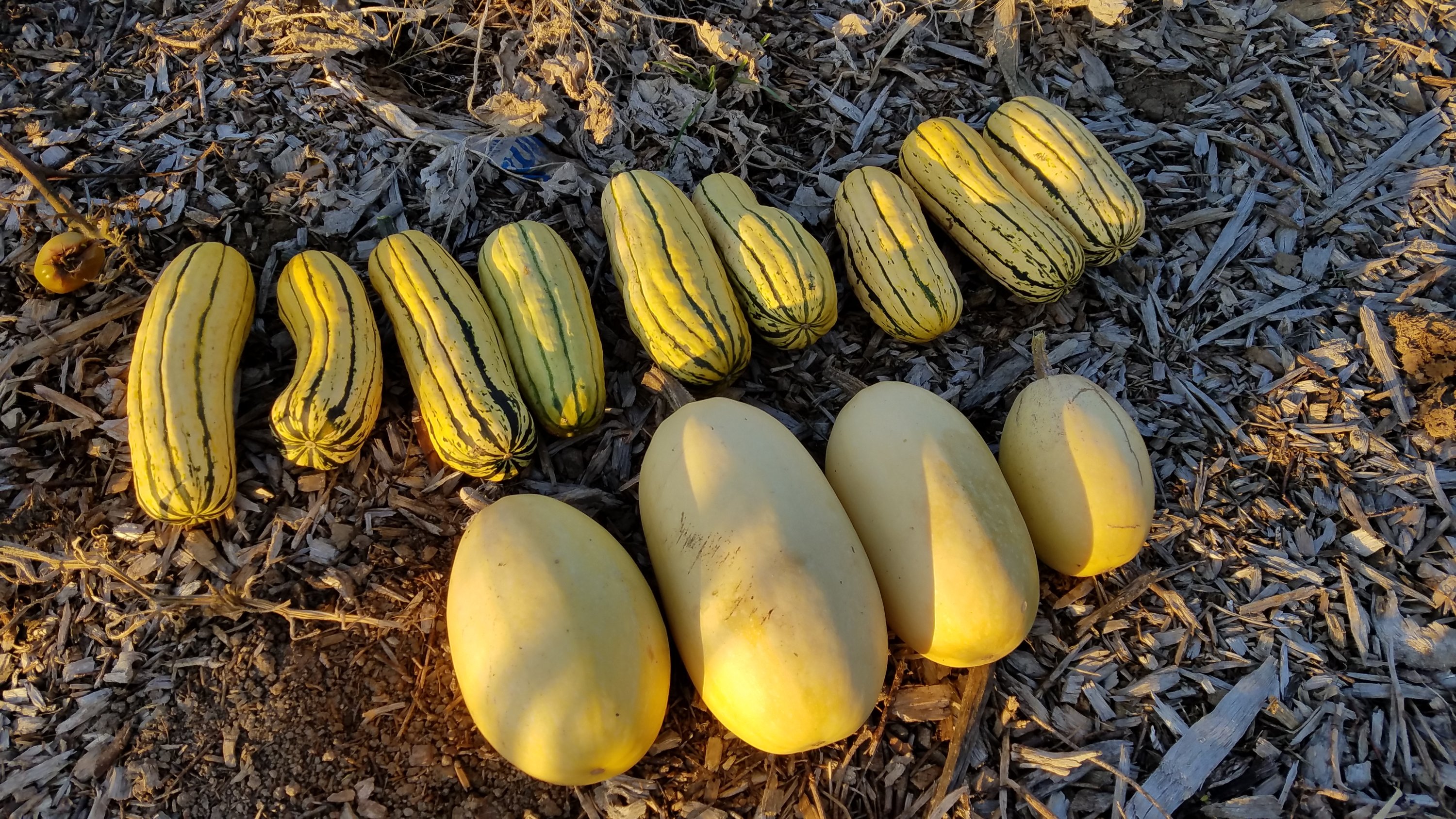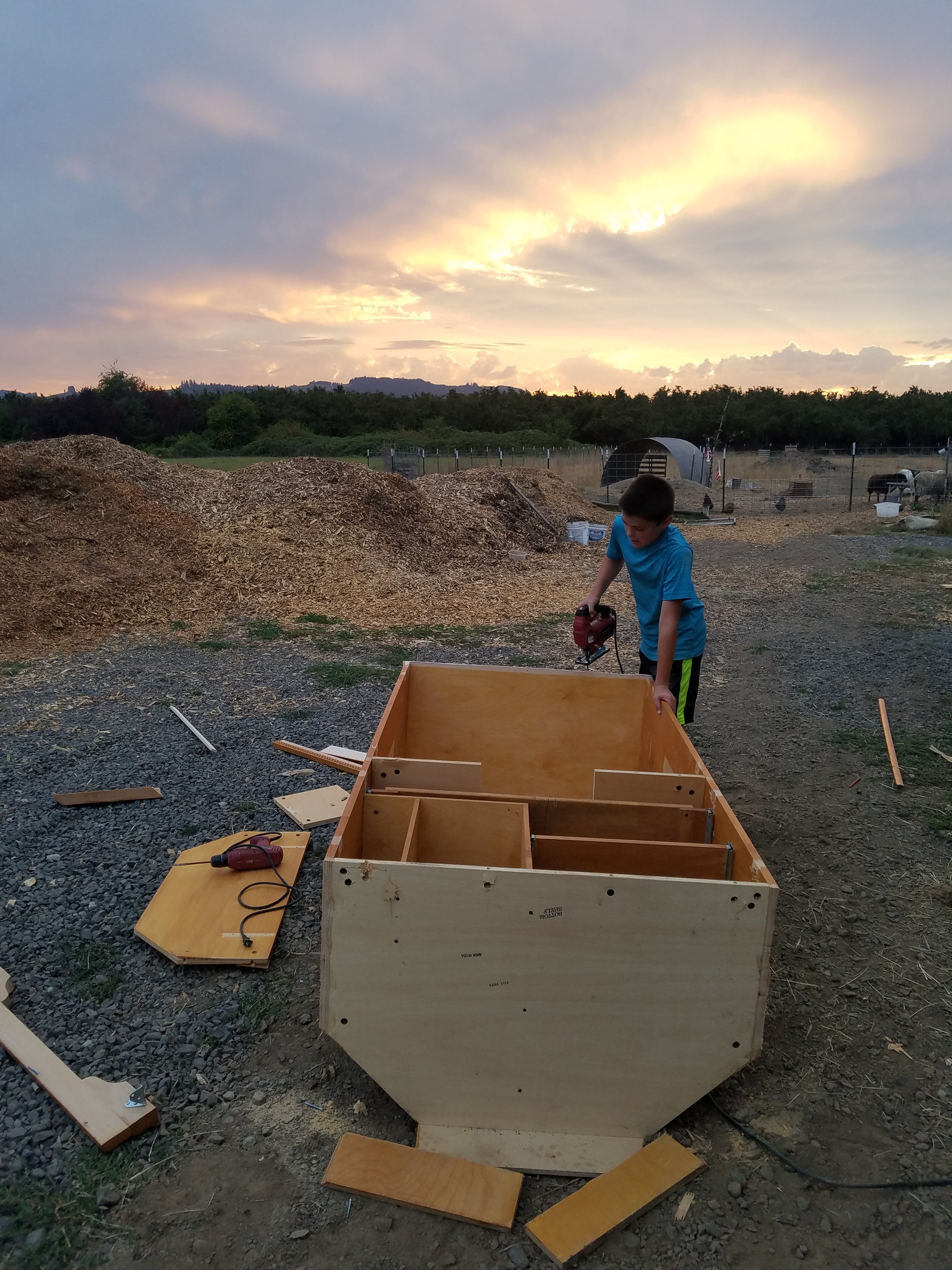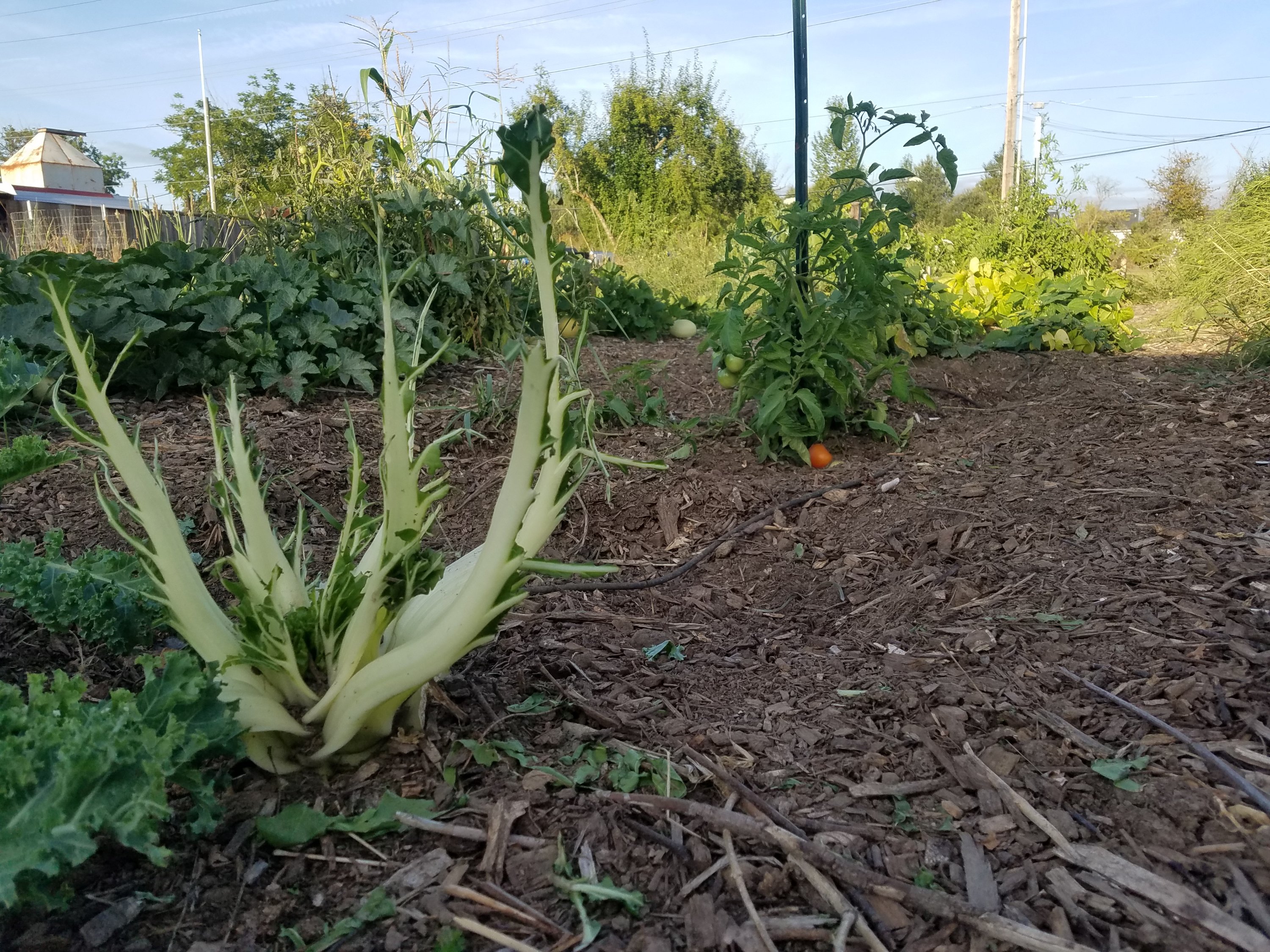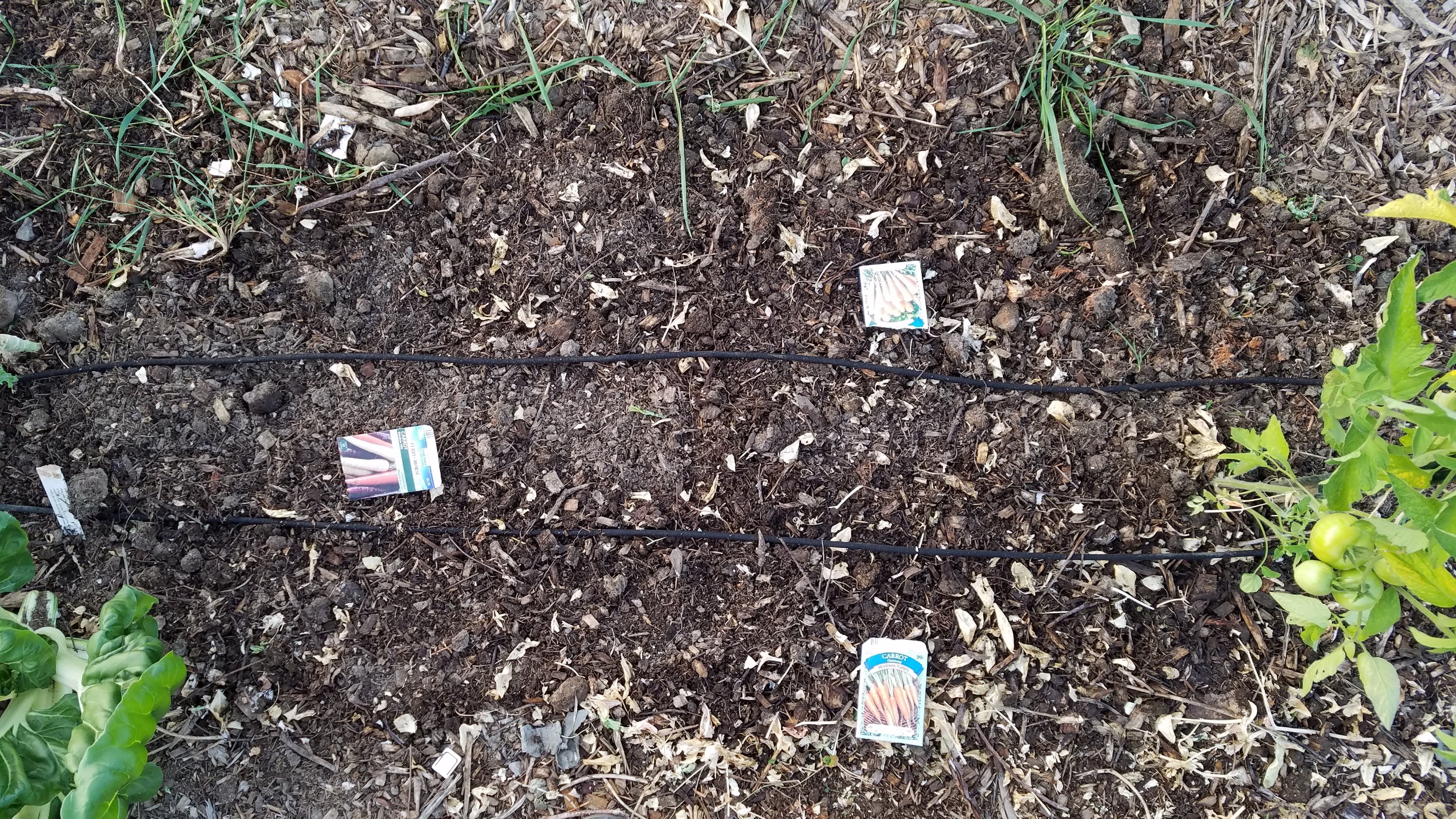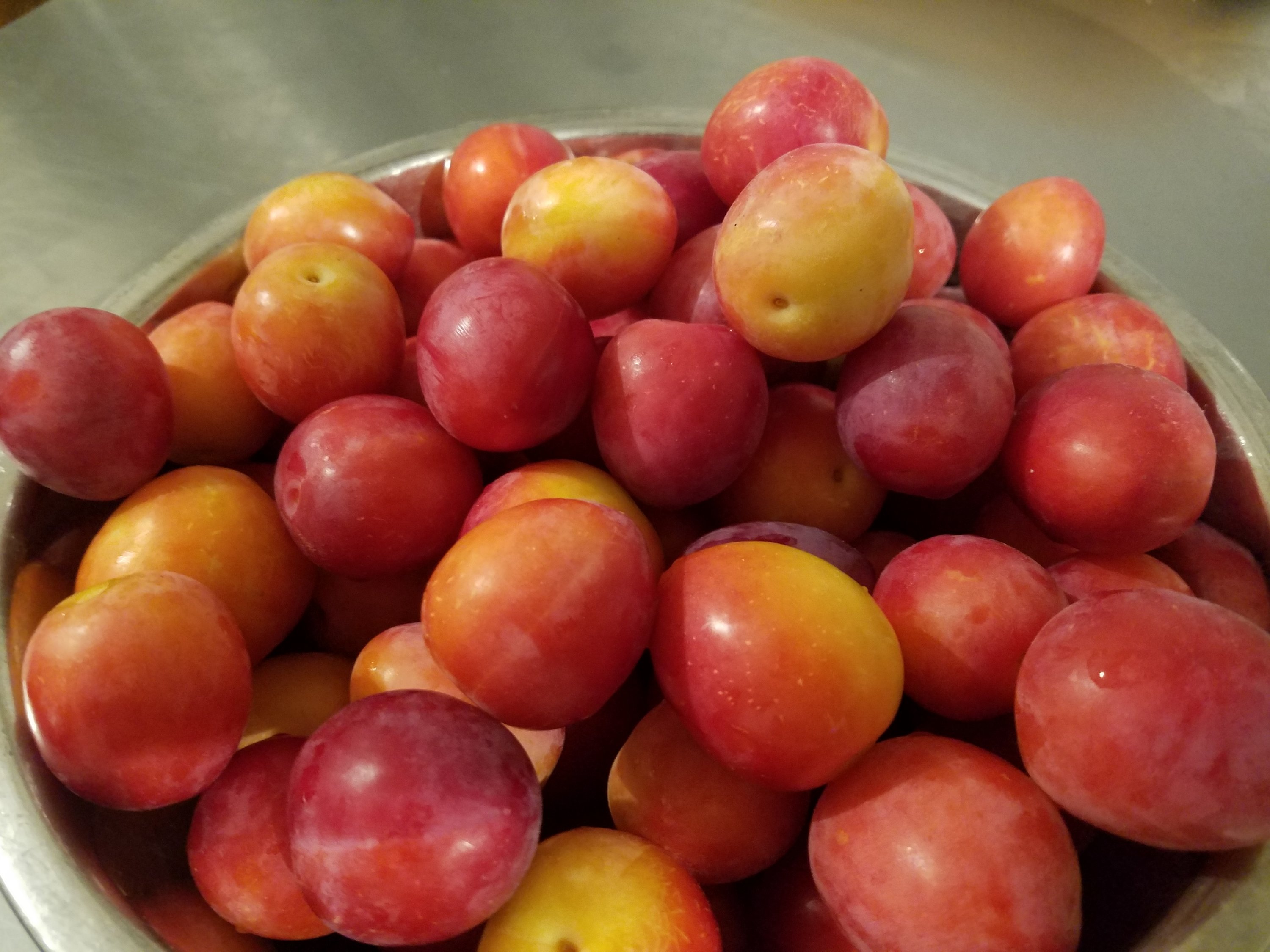A few months ago, we got to use a hydraulic log splitter to split a bunch of wood we had gotten from arborists. Today, we stacked it along the west side of the barn, probably about 1.5 cords. We don’t have a woodstove, though.
We also reapplied wood chips around the young fruit trees after adding some landscaping fabric.
The sheep have mowed the entire pasture down to stubble, due to our not implementing paddocks. Heather has installed some temporary fencing allowing them to graze the area north of the barn.
We haven’t gotten any chicken eggs for months. But they don’t have a proper chicken coop in which to lay eggs, nor are we giving them any feed beyond table scraps and what they find in the pasture.
Something happened to the carburetor on the John Deere mower and it will barely idle at full throttle. I fiddled with it a bit, then ordered a new carburetor. At about $15 to buy new, they’re hardly worth trying to troubleshoot.
The Case tractor has a rear left tire that loses air over the course of about a week. I need to see if I can remove the wheel so I can take it to a tire store for repair. Otherwise, it’s probably about $100 for a field service call.
We’re still getting some kale from the garden, but the chickens have been escaping the pasture now that we extended it for the sheep, so the kale isn’t going to last much longer.
